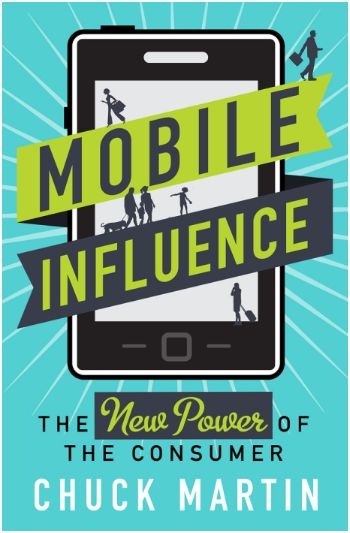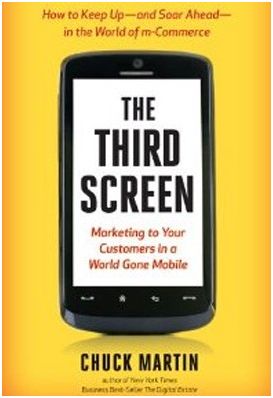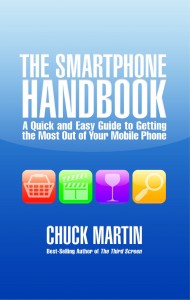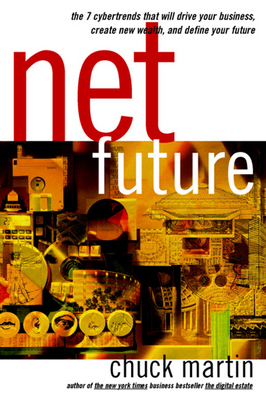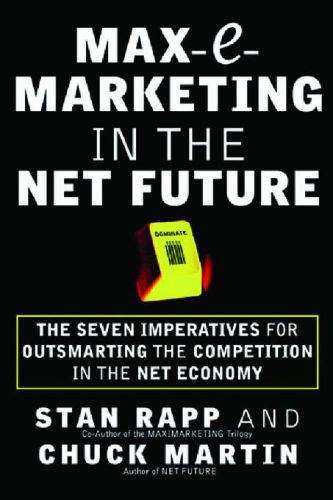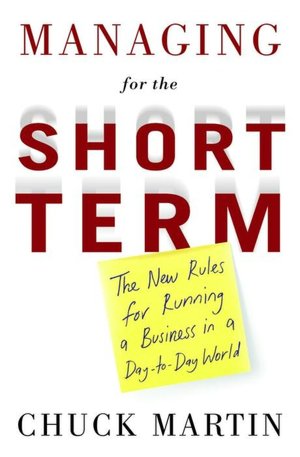Mobile is causing some of the roles of buyers and sellers to evolve, with each gaining new responsibilities in the shopping process.
During simpler times, shoppers could do their research at home before heading to the mall or store. They could search online or through newspapers and magazines. They also could end up shopping for nothing in particular and decide on an impulse purchase.
The behaviors were relatively simple and predictable. Marketers could reach these future buyers through ads in various vehicles and various times, such as prime time. The shopping process was serial, and the research was followed by the shop and buy.
The shopping-buying process is now being blurred by consumers armed with smartphones and tablets searching, researching, sharing and shopping all the time and in all locations.
In researching a new book on the new mobile shopping behaviors, I’ve been speaking with many in the field — both traditional retailers and those in the mobile industry that is empowering them — and their shoppers, looking at some of the evolving roles of customers and sellers. We’re starting to see a pattern, or at least more of a definition, of the roles of each in the shopping process around various categories.
Proactive research. Consumers are searching and researching on mobile devices on the fly as well as during the much-talked-about multi-screen sessions. They are also researching in the store and on the way to the store — some all the way to the purchase. Mobile is a pull — not a push — medium. Customers want to pull information from the business to them on their time frame, based on where they are and what they’re doing at the time. Marketers must be prepared to answer questions on the customer’s time frame. With new functionality such as in Google Now, delivered with Jelly Bean, the latest Android operating system, recent mobile searches will remain front-of-mind for mobile shoppers with one screen tap.
Product content. Consumers want more content and context around the products they seek to buy, and they want on-the-spot product information. Shoppers want and expect to get more information than is often provided with the product itself. They know how to text and can receive videos to their phones. Some companies have figured this out. For example, the Intel mobile Web site provides a few quick questions that can be answered in well under a minute that produce the proposed computer specs with suggestions of which Intel processor would be best.
In-store scanning. Better phone cameras are making barcode scanning by shoppers easier and faster. Scanning provides them with competitive pricing from other stores and online (yes, the dreaded ‘showrooming’). While some retailers like Nordstrom’s have their own proprietary barcodes and others like Target look to have suppliers use codes unique to them, mobile consumers want to know the context of their current buy. Is it a fair price, higher or lower than a competitor — or is it unique to that store, such as a Staples-branded item at that store?
Price match. Consumers understandably want to get the best value, often perceived as a product at the best price. Mobile shoppers now have access to a range of pricing information in real-time. Retailers will have to weigh the risks and benefits according to their own metrics and balance sheets. For example, at a recent visit to a Dick’s Sporting Goods store, I scanned an item to purchase and found it for 30 percent less at another physical retailer within reasonable driving distance. The clerk asked the manager on duty if they would match the price and she replied “absolutely not.” The other retailer offered one-click purchase, so the decision to purchase elsewhere was facilitated.
Inventory transparency. Mobile shoppers expect to be able to see if a product is in stock. Many retailers have provided this capability online for years. But mobile adds another dimension, since the customer location needs to be factored in. The mobile consumer wants to know the nearest location near him that has the product now. Some companies jumped on this early. For example, Citi last year teamed with Best Buy to make the entire Best Buy inventory viewable from the City ThankYou app. The Citi Rewards cardholder could check inventory, scan an item in a Best Buy, purchase the item with points via mobile and pick up the item at checkout a few minutes later, bypassing any store associates in the process.
And this is just the beginning of the coming mobile revolution at retail.



